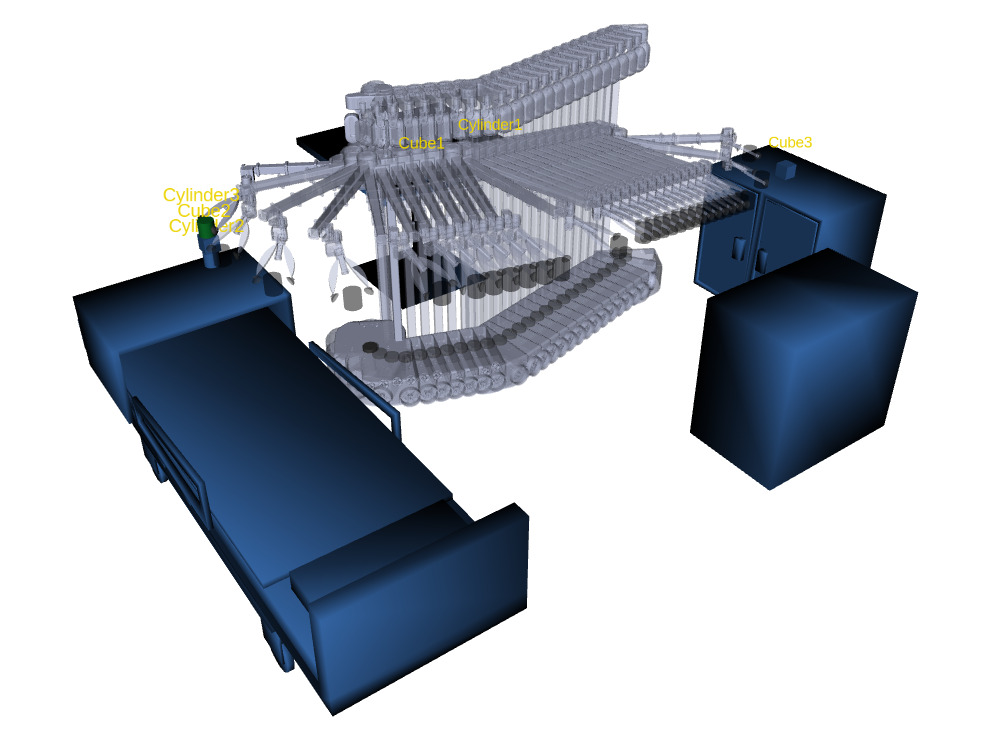Collaborative Research: FW-HTF-R: The Future of Robot-Assisted Nursing: Interactive AI Frameworks for Upskilling Nurses and Customizing Robot Assistance

Nursing is a discipline of knowledge and practice focused on delivering patient-centered care. As the healthcare providers who are with hospitalized patients 24 hours a day, 7 days a week, registered nurses are crucial for ensuring patient safety and delivering patient-centered care. Alarmingly, however, the U.S. is experiencing a dire nursing shortage, which is projected to significantly worsen in the next decade. As a result, nurses have limited time for patient-centered care. To continue providing high-quality patient care, healthcare leaders are scrambling for solutions, often turning to technological aids such as artificial intelligence (AI) and robots. On one hand, AI-enabled robotic assistants hold the potential to support nurses in some routine tasks, allowing them to spend more time on patient care and improving patient outcomes. On the other hand, the introduction of robots also brings forth several areas of concerns such as increase in nursing workload due to required training and maintenance to use these complex systems. This planning project develops a multi-disciplinary research agenda to systematically introduce nurses to AI-enabled robotics technology, with the goal of ensuring that the integration of robots in the future of nursing brings long-term positive impact.
This work has been supported by grant NSF 2222876.
Related Publications
- Q. Meng, C. Quintero-Peña, Z. Kingston, V. Unhelkar, and L. E. Kavraki, “Perception-Aware Planning for Robotics: Challenges and Opportunities,” in 40th Anniversary of the IEEE International Conference on Robotics and Automation, 2024.
Details - C. Quintero-Peña, P. Qian, N. Fontenot, H.-M. Chen, S. Hamlin, L. Kavraki, and V. Unhelkar, “Robotic Tutors for Nurse Training: Opportunities for HRI Researchers,” in 2023 32nd IEEE International Conference on Robot and Human Interactive
Communication (RO-MAN), 2023, pp. 220–225.
Details